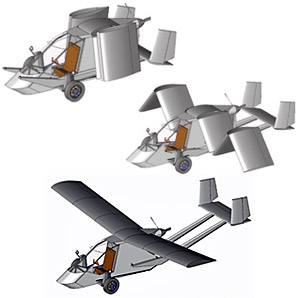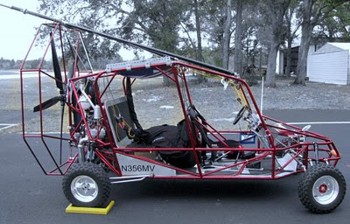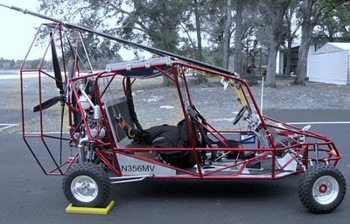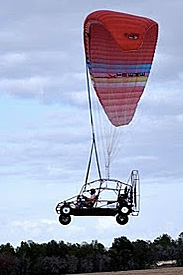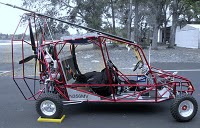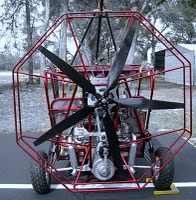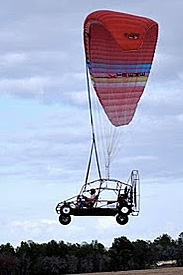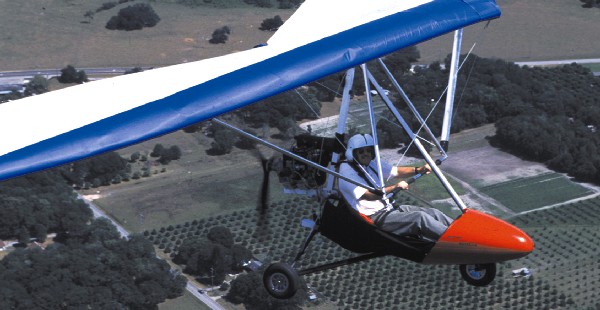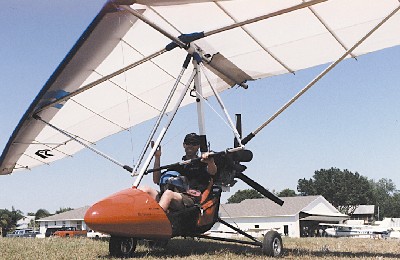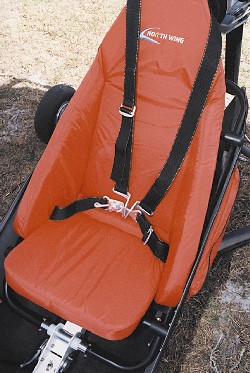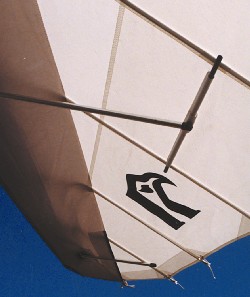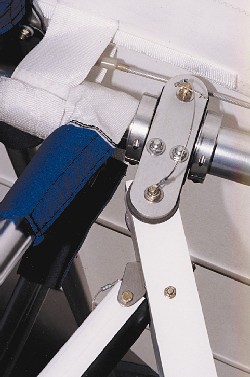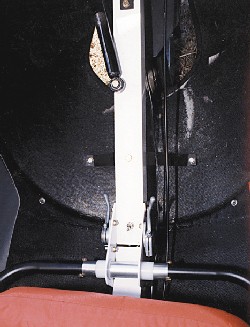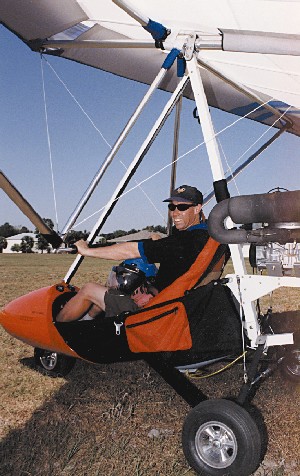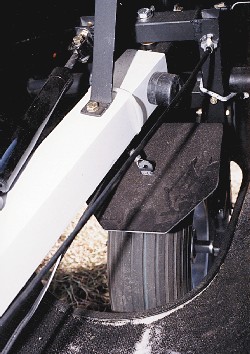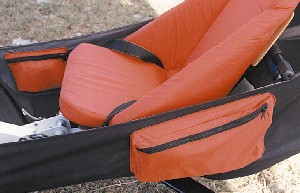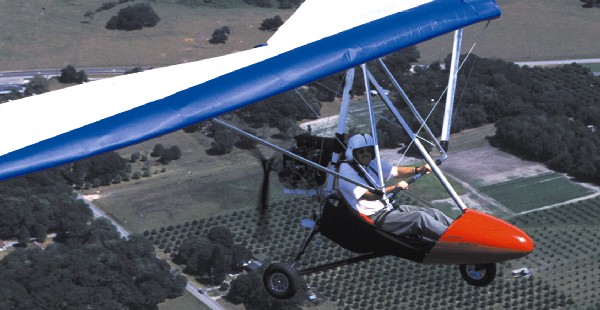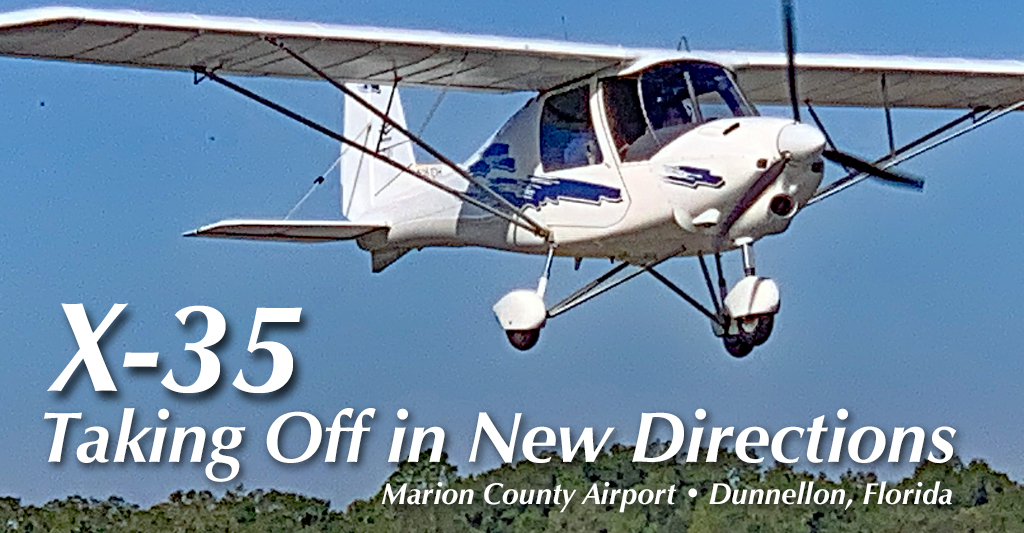
If I’ve heard one lament repeatedly over a long career, it is that current pilots don’t see enough new pilots coming into aviation. Are you one who worries a little or a lot about that? If not, you are a rare pilot. Is it any wonder, though? The price of aircraft is way, way up. This applies to used aircraft and new — just like it does with your groceries or gasoline. The cost of maintenance is high and rising. Insurance is very expensive (for airplanes as well as cars or houses). Hangars are unavailable with years-long waiting lists at many airports. More than ever it can seem, aviation is an activity for those with fairly thick wallets. The squeeze on modest budgets has rarely been this demanding. Yeah, all that, but this website nonetheless discovers the affordable end of aviation. In that pursuit, I was drawn to an airport with an encouraging twist on the affordability squeeze play.


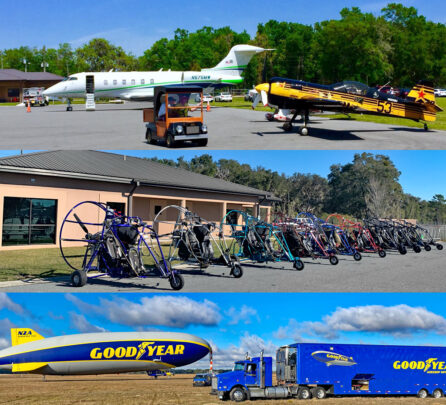
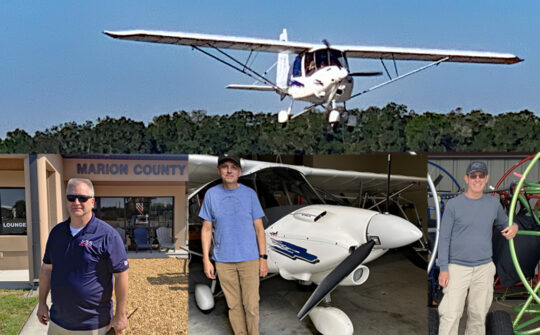
 Dunnellon is in Marion County, not Ocala but the close proximity helps both. Under airport manager (and pilot) Mike Grawe's leadership through the last six years, X35 has become a thriving facility with energetic new businesses sprouting up.
What may be most important is the presence of new, younger businessmen entering affordable aviation. People like me with decades of experience fill a useful role but we're like disappearing airline captains. We'll be moving on and entry-level aviation needs fresh blood. X35 put out the welcome mat… and it's working.
Dunnellon is in Marion County, not Ocala but the close proximity helps both. Under airport manager (and pilot) Mike Grawe's leadership through the last six years, X35 has become a thriving facility with energetic new businesses sprouting up.
What may be most important is the presence of new, younger businessmen entering affordable aviation. People like me with decades of experience fill a useful role but we're like disappearing airline captains. We'll be moving on and entry-level aviation needs fresh blood. X35 put out the welcome mat… and it's working.

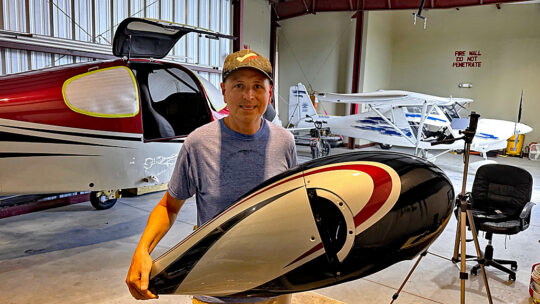


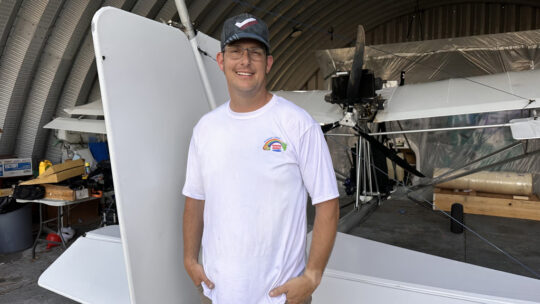 Randy has taken over an existing operation, is preserving the originator's names
Randy has taken over an existing operation, is preserving the originator's names 
 These two new businesses join the veterans at X35 adding to the success Mike Grawe has been building.
Central-northwestern Florida and its fancy equestrian ranches exist alongside a vibrant
These two new businesses join the veterans at X35 adding to the success Mike Grawe has been building.
Central-northwestern Florida and its fancy equestrian ranches exist alongside a vibrant 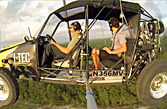
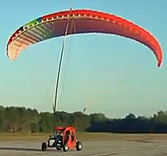
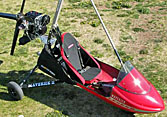
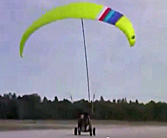
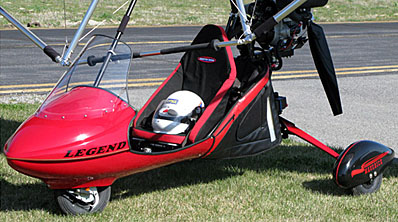
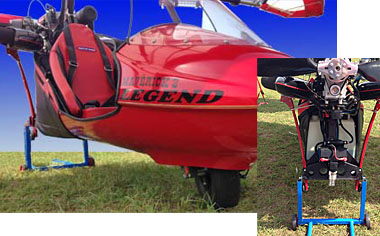
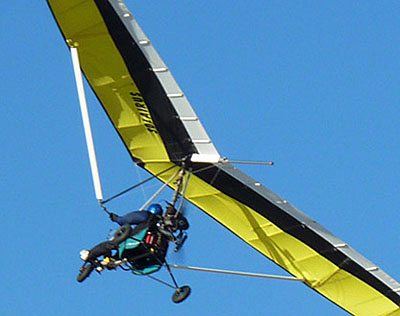
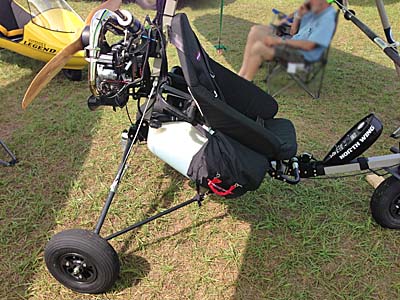
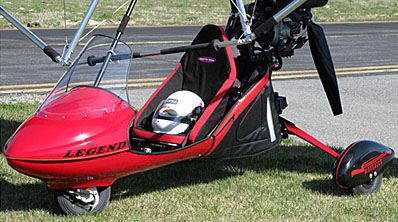
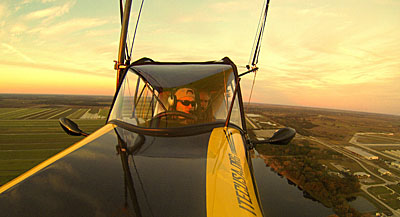
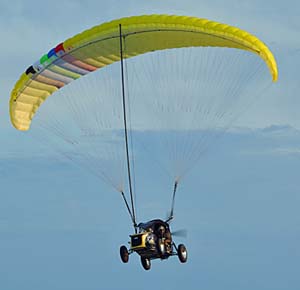
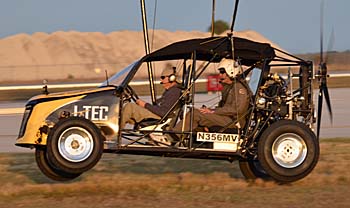
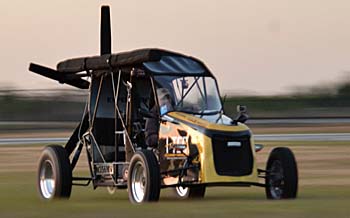
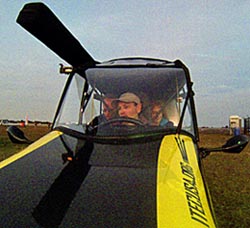

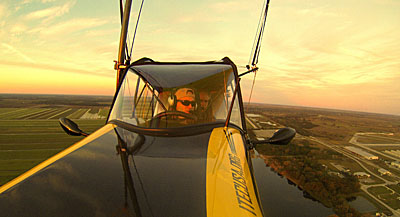
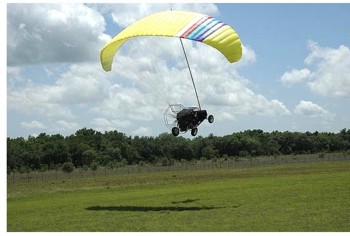
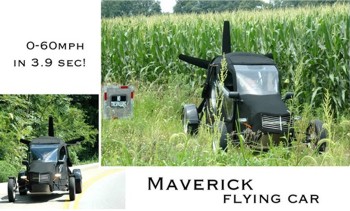
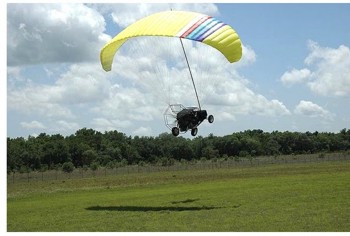
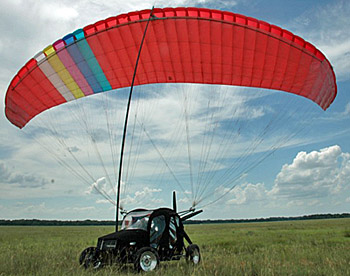 Unlike Transition, Maverick does not need to meet federal motor vehicle standards. It's classified as a kit car and is thereby exempt from those onerous requirements. Though
Unlike Transition, Maverick does not need to meet federal motor vehicle standards. It's classified as a kit car and is thereby exempt from those onerous requirements. Though 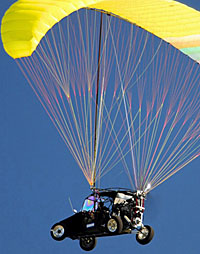 "The Orlando office of the FAA issued an historic Special Light Sport Aircraft airworthiness certificate to I-tec," stated the company. Troy clarified saying this was "the first-ever certificate issued for a vehicle that drives and flies."
Maverick is the culmination of six years of R&D by I-tec — the Indigenous Peoples' Technology and Education Center — a Christian non-profit
"The Orlando office of the FAA issued an historic Special Light Sport Aircraft airworthiness certificate to I-tec," stated the company. Troy clarified saying this was "the first-ever certificate issued for a vehicle that drives and flies."
Maverick is the culmination of six years of R&D by I-tec — the Indigenous Peoples' Technology and Education Center — a Christian non-profit 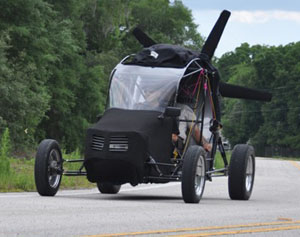 Maverick's patented "Dual Drive System," with "Integrated Controls" — meaning it drives and flies using the same steering wheel and gas pedal. Powered by a 128-hp engine, the 900-pound Maverick can reach 80 mph on pavement.
Maverick's patented "Dual Drive System," with "Integrated Controls" — meaning it drives and flies using the same steering wheel and gas pedal. Powered by a 128-hp engine, the 900-pound Maverick can reach 80 mph on pavement.
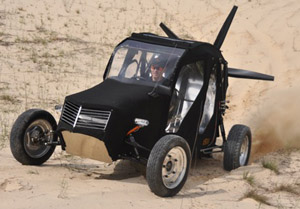 For pilots, the "Wing Deployment System" makes Maverick distinct. A carbon fiber mast telescopes up (see photo) and by crossing the mast with a span bow at the leading edge, Maverick can maintain its parachute aloft after landing. This permits the flying dune buggy to land in a tiny space with rough terrain that would not allow conventional lay out of a parachute canopy.
For pilots, the "Wing Deployment System" makes Maverick distinct. A carbon fiber mast telescopes up (see photo) and by crossing the mast with a span bow at the leading edge, Maverick can maintain its parachute aloft after landing. This permits the flying dune buggy to land in a tiny space with rough terrain that would not allow conventional lay out of a parachute canopy.
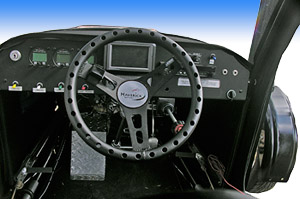 The project aimed to fill a need for frontier transportation. The organization didn't set out to become a manufacturer. So I-tec is entertaining the possibility of licensing production to an outside entity in order to concentrate on its "engineering ministry" focused on health care for people beyond the reach of medical services.
Priced at $84,000, a few early buyers can qualify for $79,000.
The project aimed to fill a need for frontier transportation. The organization didn't set out to become a manufacturer. So I-tec is entertaining the possibility of licensing production to an outside entity in order to concentrate on its "engineering ministry" focused on health care for people beyond the reach of medical services.
Priced at $84,000, a few early buyers can qualify for $79,000.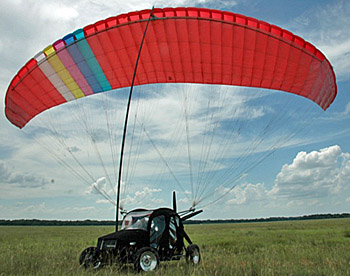
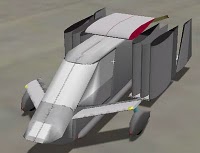
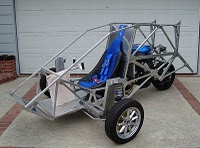
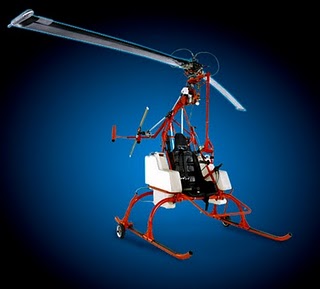
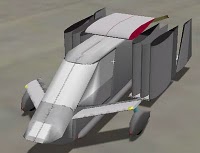
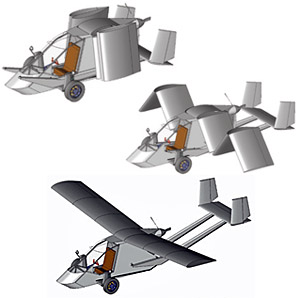 Call them "flying cars, flying motorcycles, flying dune buggies," or "roadable aircraft."
Regardless of the correct term, a growing wave of these car-to-airplane machines are in various stages of development and most will be at AirVenture 2010.
One of the newest entries is a kit with the lowest projected price among the group; all others are fully built and carry larger price tags. Check out the
Call them "flying cars, flying motorcycles, flying dune buggies," or "roadable aircraft."
Regardless of the correct term, a growing wave of these car-to-airplane machines are in various stages of development and most will be at AirVenture 2010.
One of the newest entries is a kit with the lowest projected price among the group; all others are fully built and carry larger price tags. Check out the 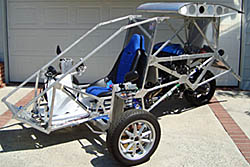 The better funded Terrafugia effort is leading the sector and recently basked in the warmth of media spotlights after winning a weight exemption from FAA. Their PR success may be boosting the fortunes of the others.
We've written about two four-wheelers:
The better funded Terrafugia effort is leading the sector and recently basked in the warmth of media spotlights after winning a weight exemption from FAA. Their PR success may be boosting the fortunes of the others.
We've written about two four-wheelers: 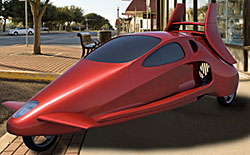 Taking a cue from Boeing, which kept its 747-8 home from the Farnborough show to pursue flight testing, Sampson Motorworks will not show their daring Switchblade as they did the last two years, but developer Sam Bousefield will give a forum on July 27 at 4 PM in Pavilion 08. The company's
Taking a cue from Boeing, which kept its 747-8 home from the Farnborough show to pursue flight testing, Sampson Motorworks will not show their daring Switchblade as they did the last two years, but developer Sam Bousefield will give a forum on July 27 at 4 PM in Pavilion 08. The company's 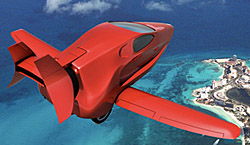 Joe Caravella, a father and son team, will conduct a forum on their project Monday July 26 at 10 AM in the 002 GAMA Pavilion. Afterwards, Oshkosh trekkies can pay a visit to the company's exhibit in space 97.
Hope we see you in Wisconsin — come by the
Joe Caravella, a father and son team, will conduct a forum on their project Monday July 26 at 10 AM in the 002 GAMA Pavilion. Afterwards, Oshkosh trekkies can pay a visit to the company's exhibit in space 97.
Hope we see you in Wisconsin — come by the 